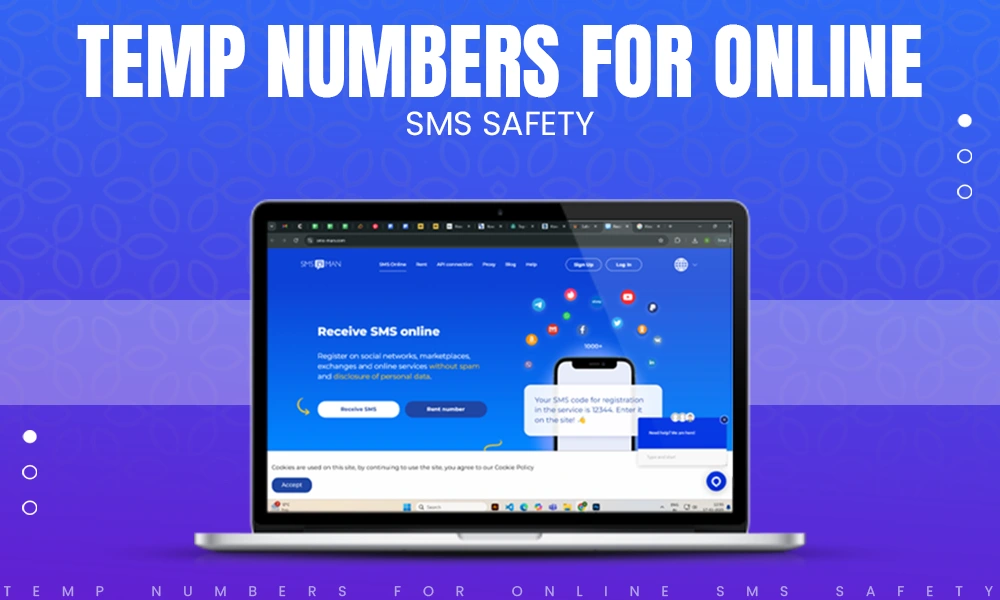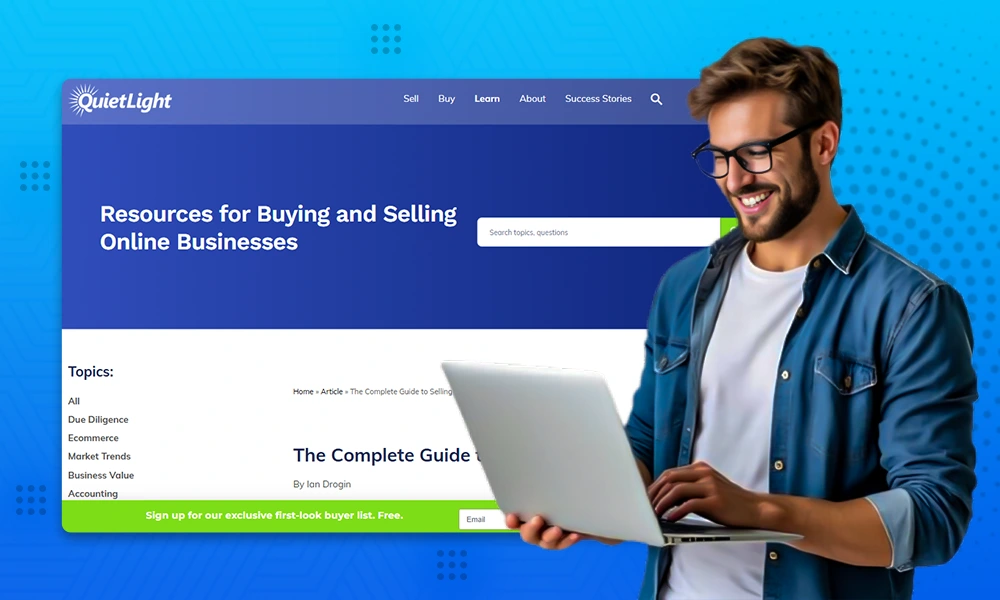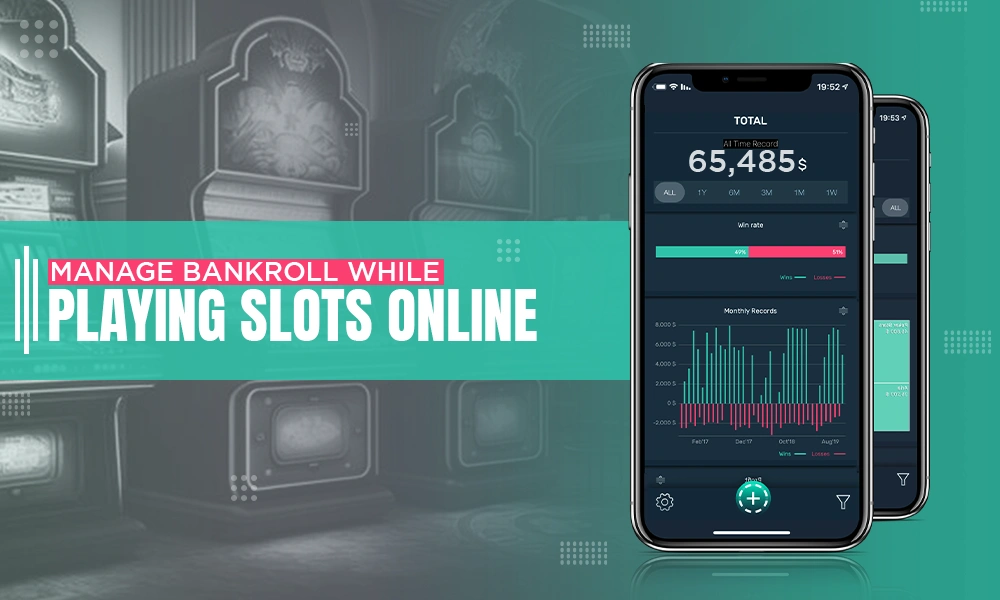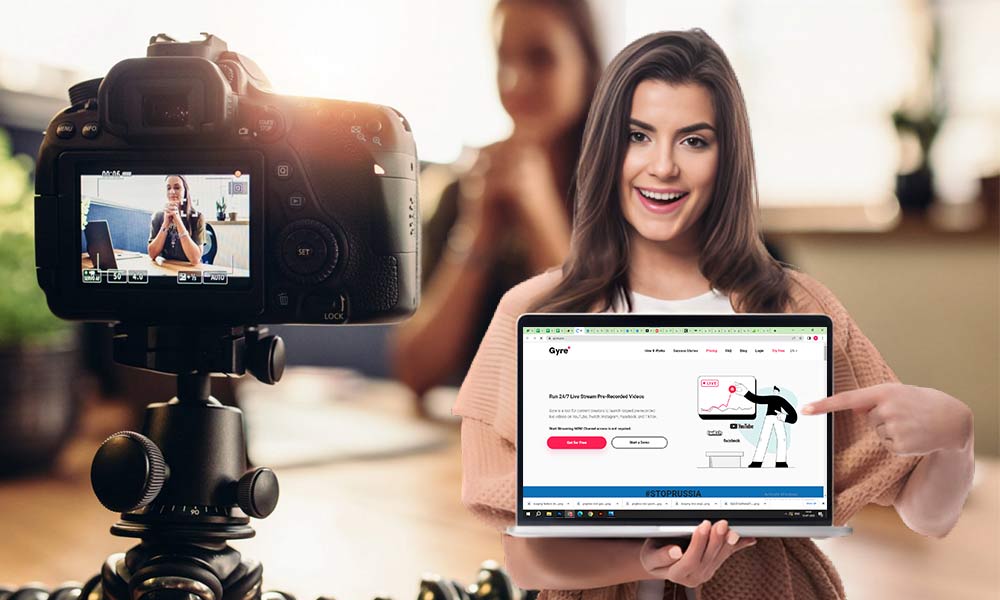How Can You Get Started Streaming Your Content?
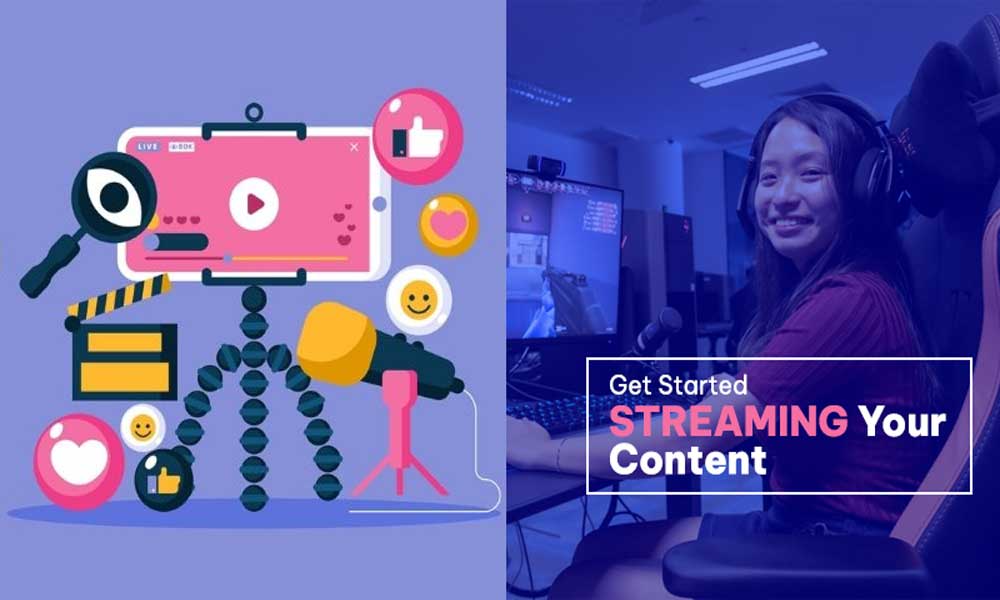
If you want to share your content with an audience, one of the best ways to do that these days involves live streaming. Streaming content is a hobby for some while for others it’s their profession. There is a wide range of content being live-streamed today including shows about sports, awards, news, video, and cash casino gaming, tutorials interviewing questions and answers, and more. If you think that you have valuable content to share, consider using streaming technology to share your content with the world.
Live Streaming
Live streaming is a bit like live TV but it’s something that almost anyone with basic digital tools can do. If you have an Internet-enabled device like a tablet or a smartphone and a platform (a website or an app) from which to live stream, you can record yourself as you speak, play music, game, or showcase an accomplishment or effort in some other way.
If you have an account on a live-streaming app such as Facebook, Instagram, Twitch, TikTok, House Party, or a similar platform you’ll be able to show the world what you’re doing as you do it. Many of the platforms such as YouTube and Facebook Live allow you to make your live stream public or private so you share it only with specific audiences. If you’re hoping for a big audience, set the live stream for the public, and that way it can be shared widely, enabling you to find new viewers.
The live-streaming platforms allow your viewers to comment and interact live as they post messages to you and to others alongside your live stream. They can also interact by posting emojis – faces that show emotions, hearts, thumbs-up signs, gifts, etc – to express their feelings about your content.
Popularity
Live streaming was inspired by combining the concepts behind YouTube and reality TV. The allure of being able to broadcast whatever you’re doing, in that exact moment, across the world, was attractive, especially to those who want to create and present and who want to be seen and heard by an audience. Viewers enjoy the ability that live streaming offers for them to connect to their favorite content creators or celebrities.
For many live streamers, the appeal comes from the sense of being “at the moment.” Anyone with basic tech tools can interact with family, friends, or other types of audiences. It’s easy to broadcast a birthday message, show off a talent, discuss topics of interest or engage in any of dozens of other meaningful interactions through live broadcasts. Even individuals that people wouldn’t otherwise have a chance to “meet” become more accessible through the streams’ comments sections, phone-in tools, and other opportunities for interaction.
Educators have started to use live-streaming in the classroom as a way to deliver material online when it’s not feasible to meet in person. This type of online classroom first became popular during the COVID-19 pandemic when schools closed and classes went online. Teachers reported that, while the lack of in-person social interaction was unfortunate, many students were able to maximize the opportunities that online learning offered to develop communication skills along with enhanced confidence in their ability to express themselves. They can connect with people with similar views and interests and those who may be going through similar experiences to make it easier for them to deal with periods of real or perceived isolation.
Finally, live streamers can turn their streams into financially-rewarding enterprises by optimizing their streams.
Tools
- To get started with your live stream, you need basic live streaming equipment including a camera. A webcam or a point-and-shoot camcorder will work for basic live streaming though later on, you may want to upgrade.
- For audio, if you rely on the built-in microphone, the audio quality might not be as good as you wish but it’s a reasonable audio source for beginners. As you move forward you can invest in more advanced mic and speakers.
- A capture card will allow your computer to display what your camera is seeing. It’s an intermediary device that will transfer video to your main live streaming setup from its source. If your camera has an HDMI port/output on which to attach the HDMI cable so that it can transfer the video feed to your computer, you can use a capture card. Capture cards are essential when you are using a software encoder but are not needed for a hardware encoder (which has its own internal capture card). You also won’t need a capture card if you’re using a USB mic or camera that plugs directly into your computer.
- The lighting set-up is essential to make your live video feed look more professional. The better the audience can see you, the more effectively you’ll be able to engage with your viewers. If you have sunlight, that’s the best source but if you need artificial ring light, you might want to invest in a three-point light kit that includes a main/key light, fill light, and a backlight. Together, these elements will bring depth, warmth, and quality to your stream.
Additional tech tools that may help you include:
- An encoder that converts video files from one format to another. Encoders take raw feed from your camera and transfer it to your main live streaming station as viewable content
- A switcher switches between different audio and video sources and controls graphics and production elements.
Finding the Right Streaming Platform
Not every streaming platform is a good fit for all content. Businesses looking to reach customers should look for a platform that supports simulcasting to other platforms – for instance, Youtube Live, Facebook Live, Twitch, or Twitter. Make sure that your platform makes it easy and simple for your audience to interact with your live-streaming content. Some options include:
- LinkedIn Live to connect with other business-minded professionals
- Instagram Live to broadcast content as part of your stories. Content disappears once the broadcast ends with no replays possible
- Twitch for all streaming content, notably gaming content
- Facebook Live where you can stream all types of content from both mobile and desktop.
- YouTube Live for streaming any type of content
Getting Started
Anyone can start streaming within minutes.
- Connect your video and audio sources
- Configure the encoder
- Check your Internet connection
- Connect to the streaming platform that you’ve chosen
- Start streaming

